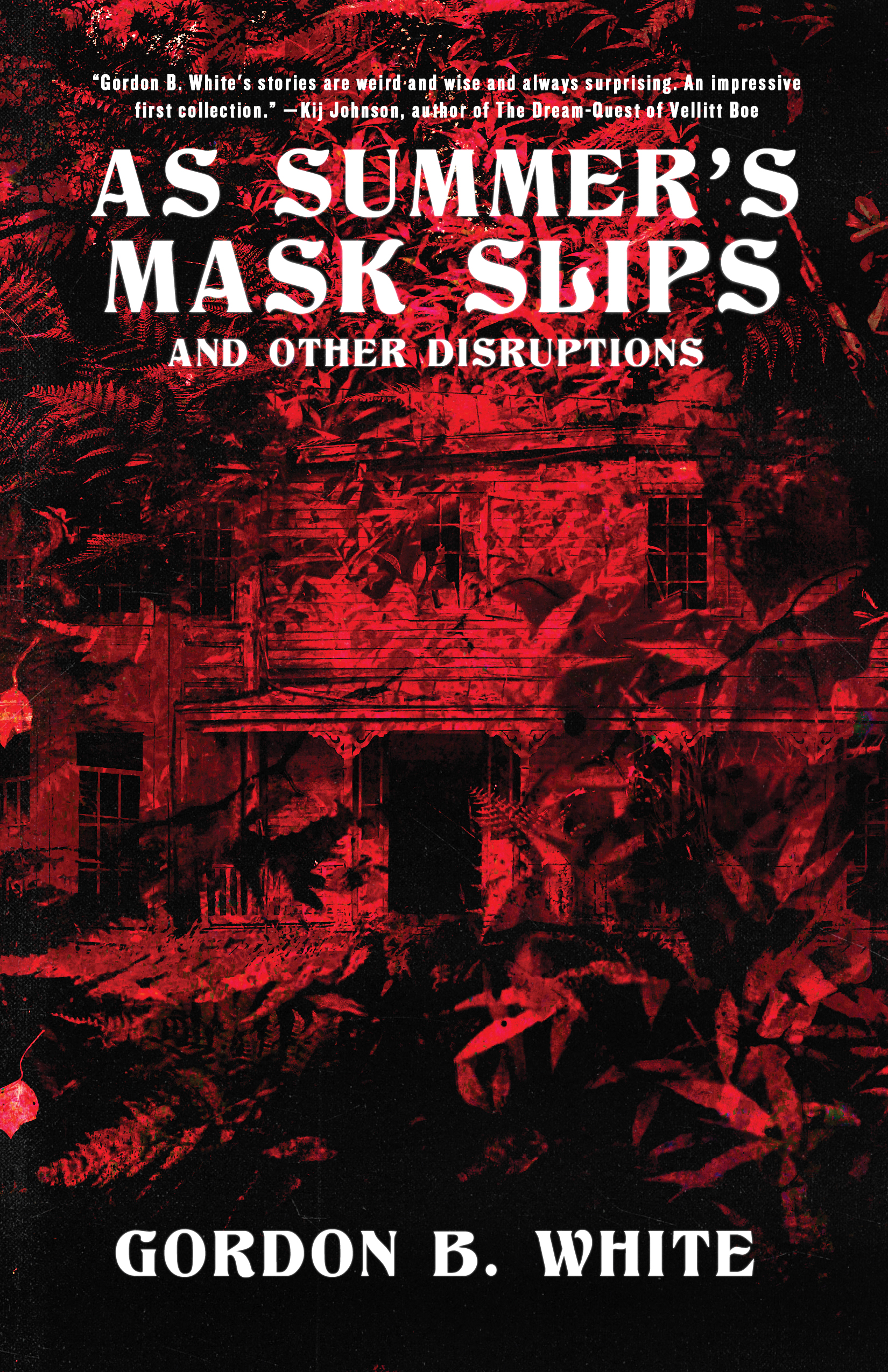***MAJOR SPOILERS AHEAD***
I was surprised by how much I liked this episode! I really, really liked it! It takes the time to explore the companions as characters, which is something the show has desperately needed for a season and a half, while also delivering a thrilling, scary adventure. It’s also very sneaky! Much like “Fugitive of the Judoon,” this episode starts out apparently being one thing — monsters attack a hospital in 1380 Aleppo — and quickly pivots to become something much more interesting. And, in my opinion, much more frightening.
Not that the creatures attacking the hospital aren’t scary, but the episode’s real threat, Zellin, is nightmare fuel (and brilliantly played by Ian Gelder). The way his fingers detach from his hand and fly out to bury themselves in his victim’s ears in order to harvest their nightmares is creepy in the extreme. As for the companions, I enjoyed getting glimpses into their lives on Earth as well as their deepest fears: Graham’s concern that his cancer will come back (and that his wife Grace blames him for not being able to save her); Ryan’s worry that one day he’ll return home and his friends will have moved on without him; and Yaz’s…um, something to do with running away and no one caring, I think? Her fear was less clear to me than the others. We also get a reminder about the Timeless Child in the Doctor’s nightmare, which makes a hell of a lot more sense as something that would frighten the Doctor than the manifestation of the Doctor’s fear behind the door in the 2011 Eleventh Doctor episode “The God Complex,” which turned out to be…the crack in time. Yawnsville. Should have been the War Doctor sitting in that room, but whatever, it’s been nine years, I’m over it. Mostly.
Zellin’s trap of getting the Doctor to free his partner Rakaya is well executed and surprised me. I loved that the two of them are Immortals, cosmic beings whose lifetime spans eternity, and who look down on the Doctor as something tiny and insignificant. (I’m reminded of a wonderful moment in the 1983 Fifth Doctor serial “Enlightenment,” in which an Eternal discovers the Doctor is a Time Lord and says with some amusement, “A lord of time? Are there lords in such a small domain?”) It’s true that the manner by which the Doctor triumphs over these all-powerful Immortals is a extremely hand-wavey, but for better or worse I’m used to that from Doctor Who.
I thought Tahira was a good character — charismatic, strong, and able to adapt to her surroundings. (Actress Aruhan Galieva did a great job.) She would fit right in as a regular character, and indeed her presence reminded me how desperate I am for Doctor Who to feature a companion from another time period (or planet), rather than always being from contemporary Earth.
And now for some Doctor Who neepery! Ian Gelder, who plays Zellin, previously appeared as Dekker in Torchwood: Children of Earth, and also provided the voice of the Remnants in last season’s “The Ghost Monument” which is when we first heard about the Timeless Child. Ryan sees the Dregs from this season’s earlier episode “Orphan 55” in one of his nightmares. The episode bears a slight resemblance to the disastrous 2012 Eleventh Doctor episode “The Power of Three” (also written by Chris Chibnall), in which the Doctor is at first reluctant to believe the villain is a Shakri because they are “myths in Time Lord history,” an almost identical reaction to the Thirteenth Doctor learning her foe’s name is Zellin. And that’s it for the neepery!
No, I’m just kidding! There is a major moment in the episode when Zellin references, all in the same speech, the Eternals, the Guardians, and the Toymaker! The Eternals are elemental beings of enormous power but zero imagination, who are forced to use other sentient life forms, like humans, for their emotions and creativity. They only appeared on Doctor Who once, in the aforementioned Fifth Doctor serial “Enlightenment,” having stolen various ships and their crews from Earth to have a boat race through space. The Guardians are the closest thing the Doctor Who universe has to a theology. Basically, the White Guardian represents all things good and the Black Guardian represents all things bad — God and the Devil, if you will. Like the Eternals and the Immortals, they pre-date the known universe. The Guardians first appeared in the 1978 Fourth Doctor serial “The Ribos Operation,” in which the White Guardian tasks the Doctor to find the hidden segments of the Key to Time with a warning that the Black Guardian will try to stop him and take the Key for himself. Later, during the Fifth Doctor’s era, the Black Guardian manipulates companion Turlough into trying to kill the Doctor. It doesn’t work out. The Toymaker is a reference to the 1966 First Doctor serial “The Celestial Toymaker,” in which a powerful cosmic being traps the Doctor and his companions in his domain and forces them to play games for their survival. There are lots of theories about what the Toymaker is — an Eternal, a lesser Guardian — but after “Can You Hear Me?” I’m tempted to say the Toymaker is an Immortal like Zellin and Rakaya. (By the way, the Toymaker was played by Michael Gough, best known as Alfred in the 1980s-90s Batman movie series, but he also appeared on Doctor Who again as Hedin, a Time Lord, in the 1983 Fifth Doctor serial “Arc of Infinity.” Even more interesting, Gough was married to Anneke Willis, who played companion Polly Wright in the last season of the First Doctor’s tenure and the first season of the Second’s.)
I’m really enjoying how Doctor Who is embracing the show’s long history and mythology this season. I definitely felt its absence last season. Next up, a visit with Mary Shelley at the famed Villa Diodati!



